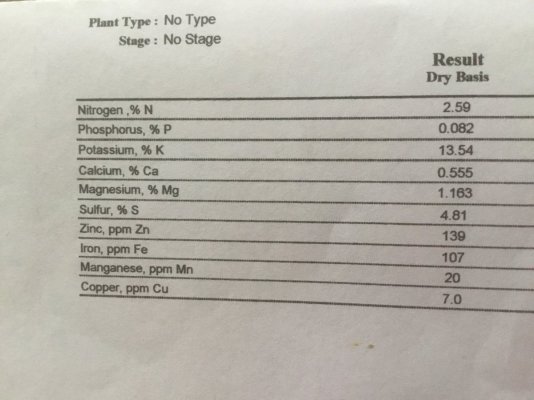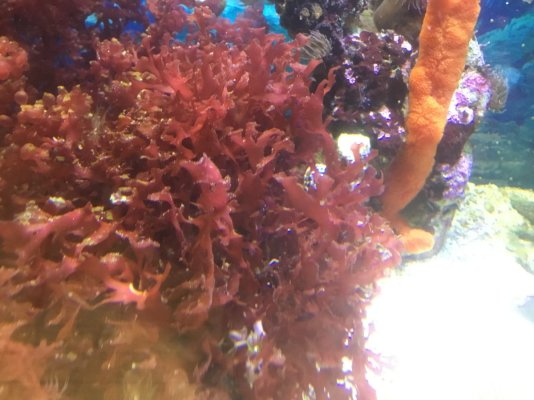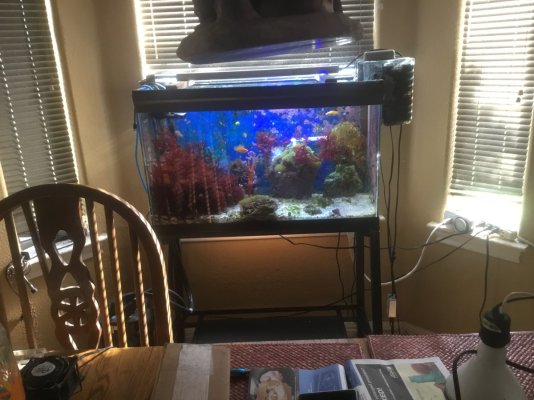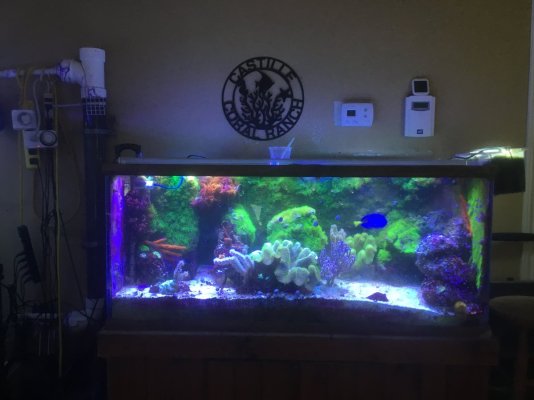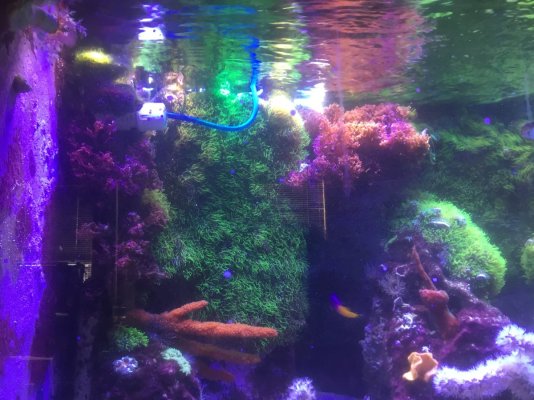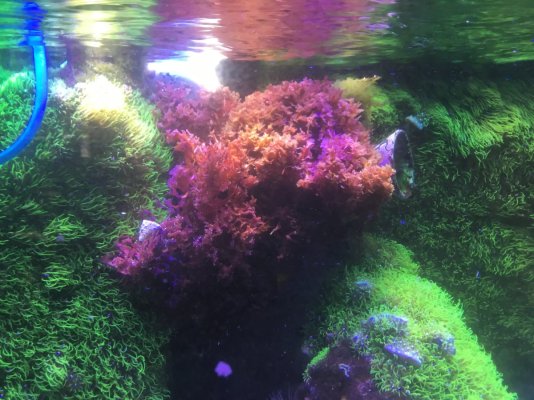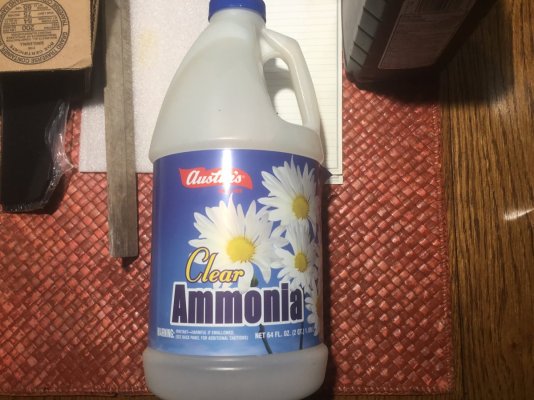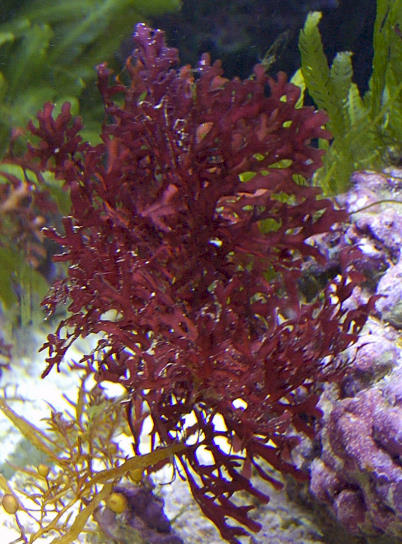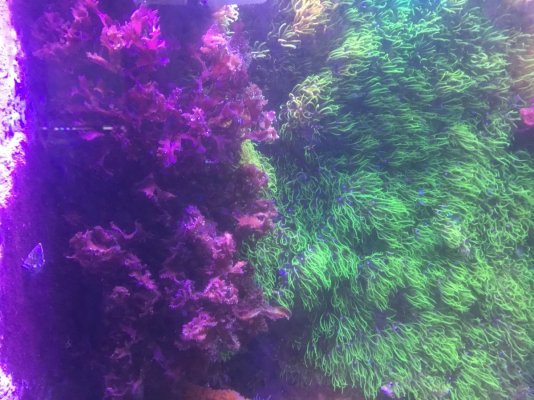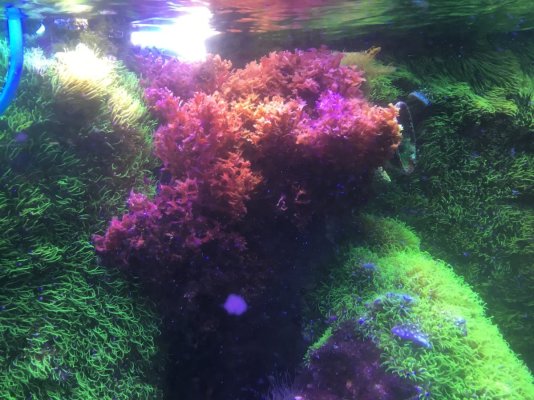Hi everyone!
Wanted to ask what would be good substitute for ChaetoGro in macroalgae tank?
I am located in Europe (Croatia) and can't get hold of Brightwells ChaetoGro nor Continuum Chaeto grow.
Wanted to ask what would be good substitute for ChaetoGro in macroalgae tank?
I am located in Europe (Croatia) and can't get hold of Brightwells ChaetoGro nor Continuum Chaeto grow.





